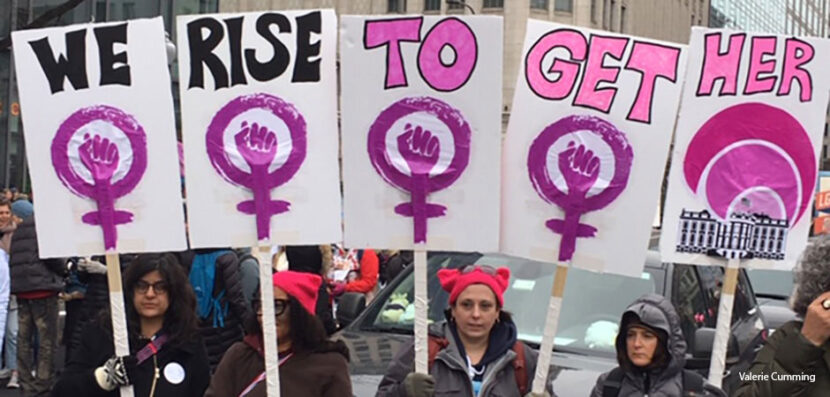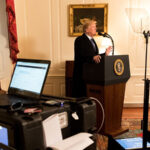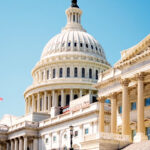- Current Events Nebraska Rejects Winner-Take-All Proposal
- Citizenship Voting Under Age 18
- Citizenship Citizenship in Action
- Democratic Party Biden’s and Trump’s Recent Primary Results
- Elections Trump and Biden Win South Carolina and Michigan Primaries
- Democratic Party Trump and Biden Win Big in Early February Contests
#WomensWave
On Saturday, January 19, over 100,000 women from across the United States flooded Washington, D.C. for the second anniversary of the original Women’s March on Washington. At the same time, sister marches took place in hundreds of other cities around the country and across the globe. Election Central takes a closer look at what the March was like, as well as some of the controversy surrounding the day’s events.
What Was the Scene in D.C.?
The morning began in Freedom Plaza, located near the intersection of Constitution and Pennsylvania Avenues. After all of the participants had gathered in a sea of pink hats and bold signs, the March traveled slowly up Constitution Avenue toward the Capitol Building, before circling around the block and ending once again at the Freedom Plaza. There marchers congregated to hear from a diverse group of speakers, including several of the March organizers, indigenous women, leaders of the faith community, and trans women.
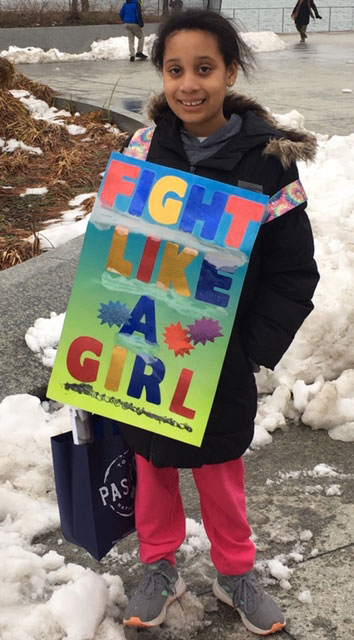
A young protester at the Women’s March in Washington D.C. Credit: Valerie Cumming
What Were the Goals of the March?
The thousands of people who participated in the marches did so for different reasons. Many were there to protest Trump and his anti-immigrant, anti-woman, anti-LGBTQ+ policies. Others were protesting the shutdown of the federal government. Some were pro-choice activists. The official principles embodied by the Women’s March include ending violence against women and femmes, reproductive rights, racial justice, LGBTQ+ rights, workers’ rights, and environmental justice. In addition, the 70-woman board of the Women’s March identified three key policy principles that it supports: universal health care, an Equal Rights Amendment to the Constitution, and ending war.
Facing Controversy
This year’s march was much smaller in size than the two previous marches, largely because of two factors: the threat of bad weather, and accusations of anti-Semitism against some of the Women’s March leaders. In November, one of the original March founders, Teresa Shook, spoke out against two of the other leaders: Linda Sarsour, who has criticized the United States policy towards Israel; and Tamika Mallory, who has not severed ties with Louis Farrakhan, the leader of the Nation of Islam. Shook called for these organizers and others to step down. Sarsour and Mallory denied the accusations and reasserted the March’s belief in inclusiveness.
The controversy took its toll on the event. Nearly three hundred organizations which endorsed the March the first time (such as the Democratic National Committee) refused to do so this year. Most prominent politicians also distanced themselves from the March.
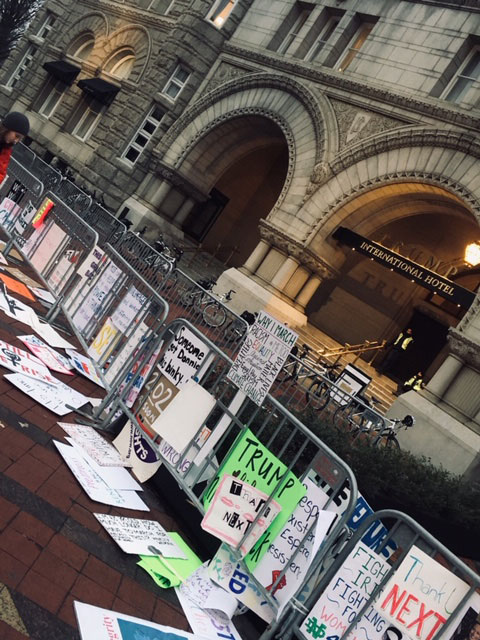
Protesters left their signs in front of the Trump-owned hotel in Washington D.C. Credit: Valerie Cumming
The organizers of the March, and its participants insisted that the larger purpose of the March was greater than the controversy surrounding it. Several of the speakers at the D.C. march emphasized the idea that women’s differences were less important than what united them together: fighting gender and racial injustice while opposing Trump and his policies.

